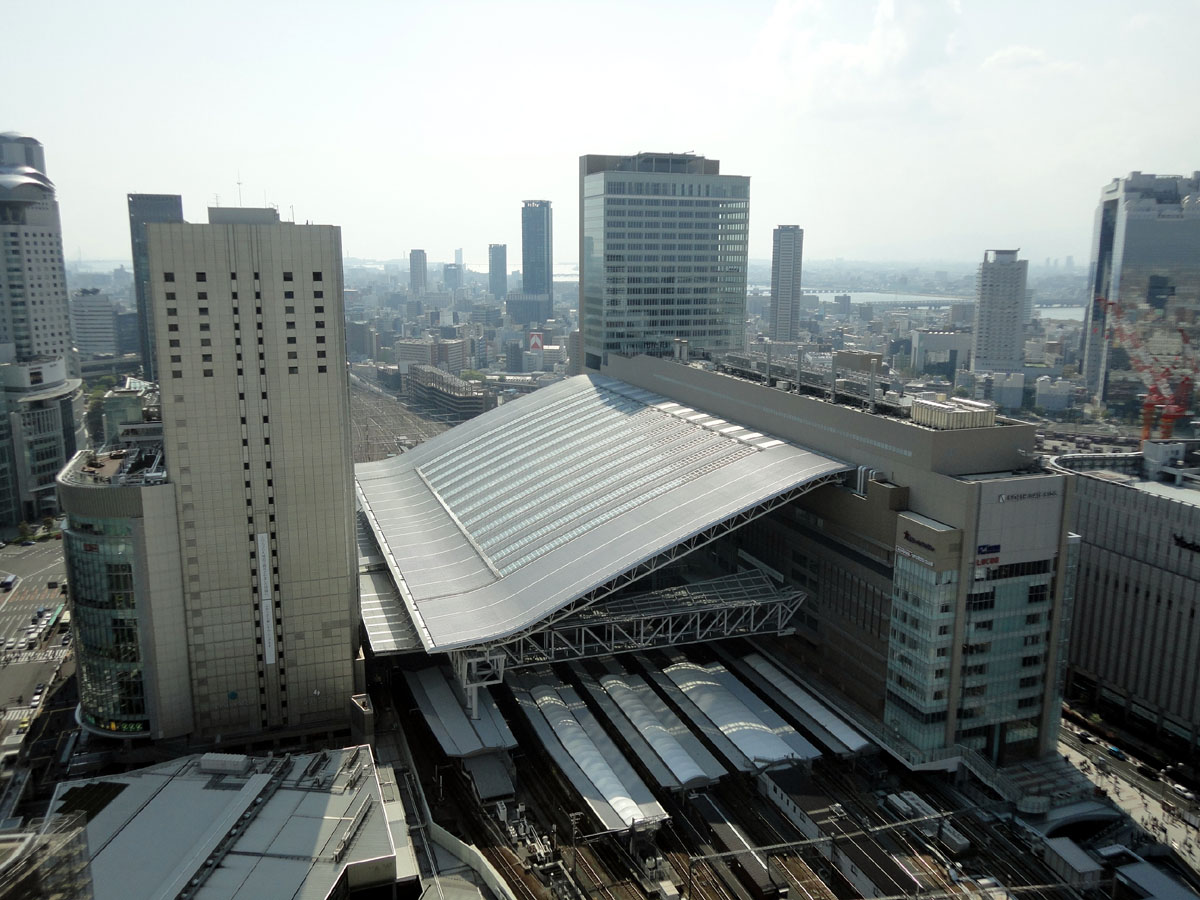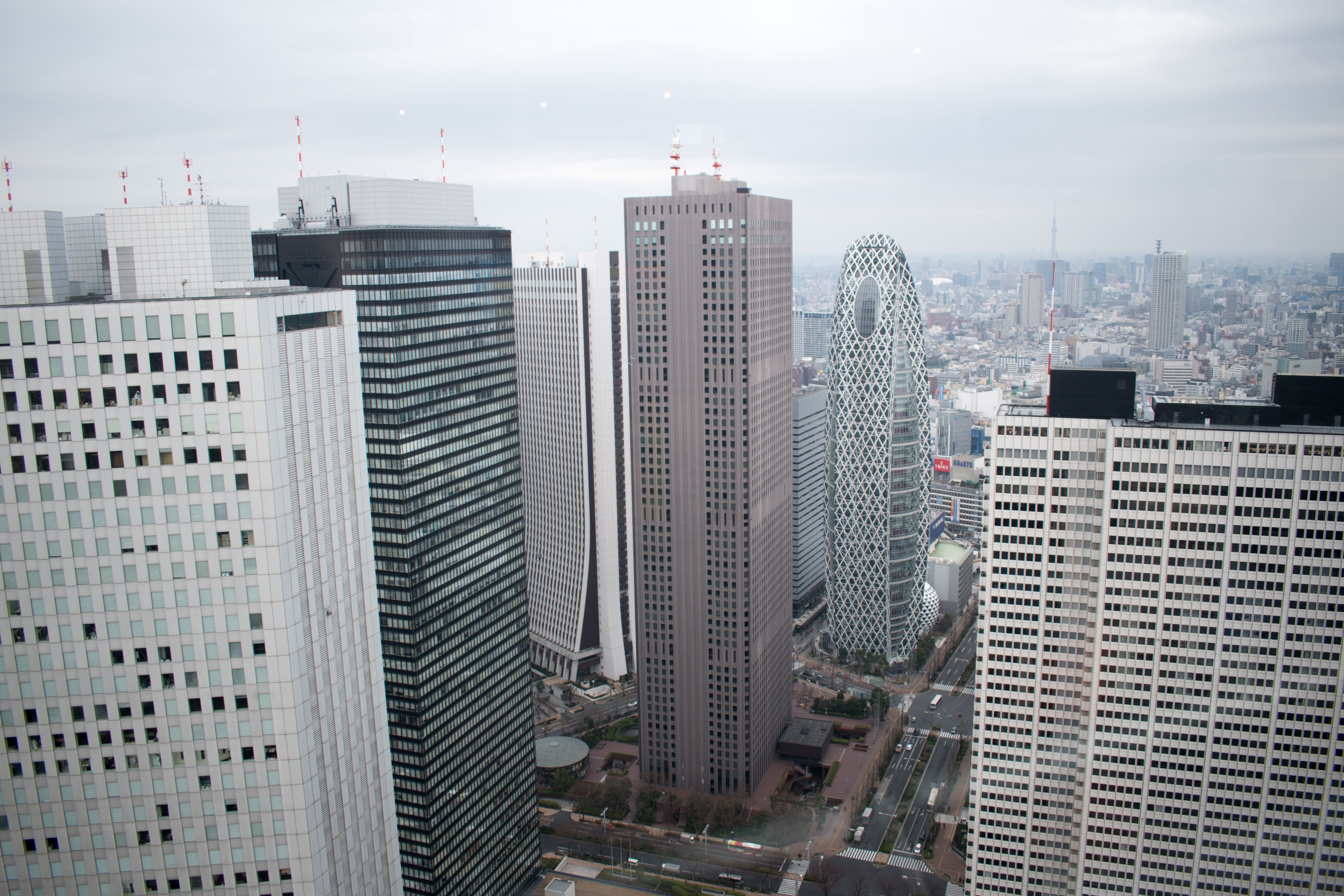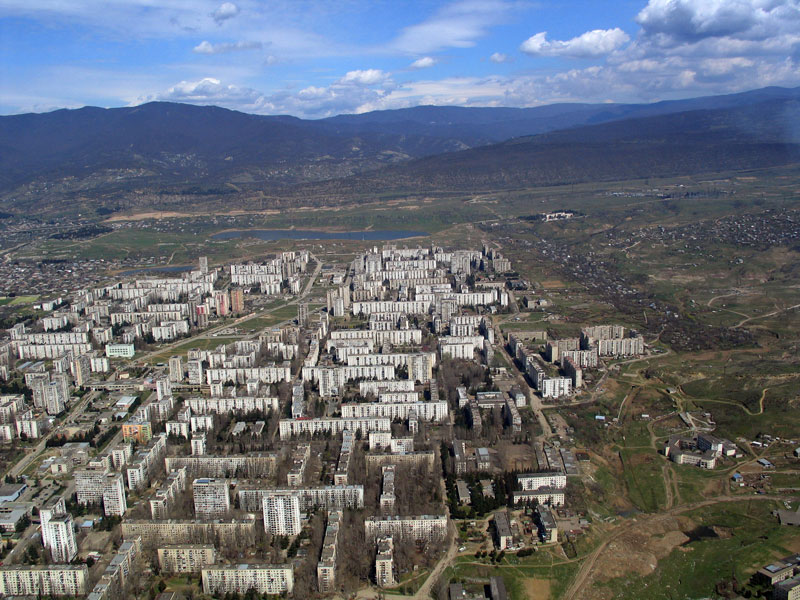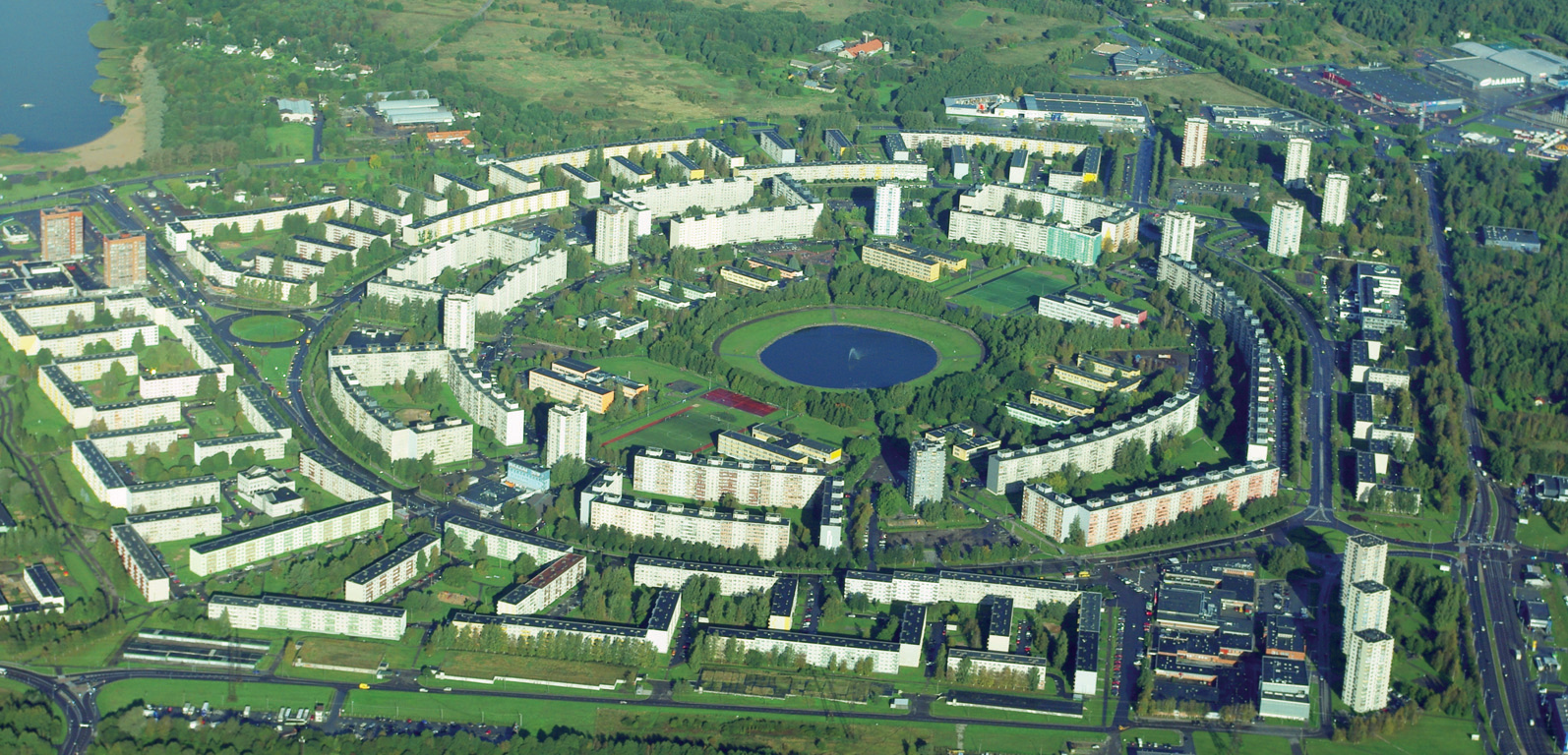For walkable cities where you need no cars, you have old cities like Barcelona, Paris, Vienna, etc where you have a bunch of mid-rise buildings placed close together. Or you have cities like Tokyo with tall skyscrapers and large plazas below, or you have Soviet cities, which seem to mostly be mid to tall-ish buildings, but with fairly wide clearances between buildings. I’m really curious about the planning behind this, since as a general rule, buildings tend to get exponentially more expensive per square meter of floor space as they get taller, contrary to economies of scale, so most urban planning circles say that skyscrapers are only really practical if your population is really high, like Japan and China. But, with midrise buildings, you have to make them sufficiently close together or else you sacrifice density and walkability. So, I’m curious as to what the rationale was in planning the building heights, spaces between buildings, and general densities of Soviet cities.
Pictures for comparison:
Mid rises close together:



High rises with wider gaps:



Soviet Microdistricts:






I don’t have a scientific answer but as someone who grew up in a neighborhood constructed under socialist planning i can tell you this: it’s much more comfortable having wide streets in between buildings than the narrow ones you find in old European cities - at at least the ones that still insist on letting cars drive there which takes up all the space with car lanes and parking (Barcelona solved this by mostly turning the inner city neighborhoods into pedestrian only zones, and the result where they did is great, but this can’t be done for a whole city) - particularly in summer as you have space for trees which are essential not just for shade but for regulating a city’s temperature and keeping it from becoming a superheated urban hellscape.
Also, the wide streets allow for space for public transport like tram lines next to the car lanes, and from my experience the walkability is still really good because there is still plenty of space for wide tree-lined sidewalks, and at least according to the original plans the idea was to have all the various shops you would need on a daily basis - small neighborhood grocery stores, barbers, etc. - on the ground floor of the apartment blocks so pretty much everything is within walking distance. Families also generally have kindergartens and schools within walking or a few tram stops distance, and the public transportation should be free or very cheap.
The idea of the Soviet style microdistrict is brilliant imo and still viable today if we are interested in real alternatives to the car overloaded model that we currently use. As i pointed out it’s not so much about height and density (though imo they have a good middle ground - not too spread out and not too dense) as it is about everything you do around the buildings themselves: green spaces, lots of trees, parks, maybe some fountains in cities that tend to get very hot in summer, wide shaded sidewalks (but forbid cars from parking on them!), public transportation and so on.
It’s definitely really nice that they designed it specifically around walking to almost all of errands. I see that a lot of microdistricts have large gaps of trees or non-car spaces. What do you think of those?
I don’t know, maybe space for more future buildings, or just leaving some green spaces with grass and trees so the buildings aren’t so close together that it feels claustrophobic? Not sure what the intent was. But even with all that spacing you still get a higher density than with typical suburban single home sprawl of the sort you see in the US because the apartment blocks fit many more people. When space is plentiful i think it makes sense to space things out a bit as long as it’s still walkable, why cram everything together if you don’t have to? In the center of the bigger cities where the density has to be higher of course you don’t see that much spacing. I think there is no one size fits all model, you just have to adapt your urban planning to the requirements imposed by the available space and the local climate of wherever you’re building - obviously the optimal layout for places in Eastern Europe vs somewhere like Greece or Spain is going to differ.
This sounds like one of those “arcology” things architecture firms like to make renders of but nobody buys. 🤔